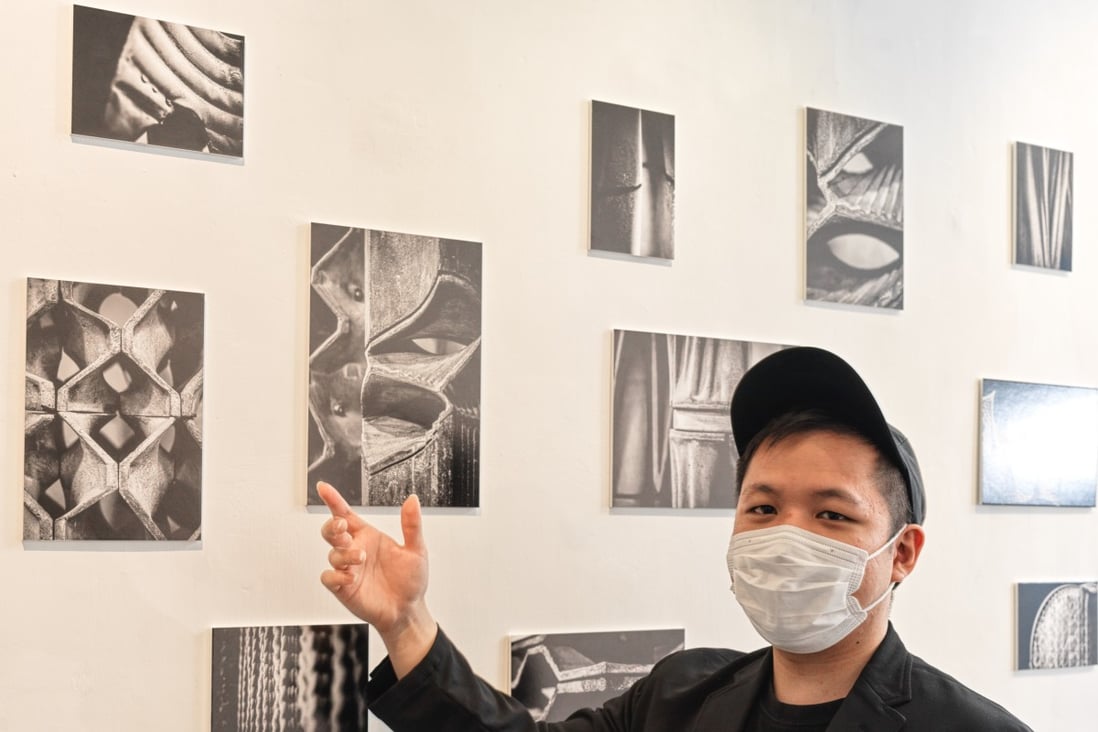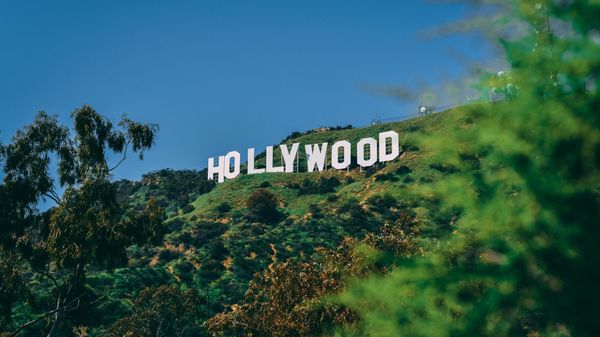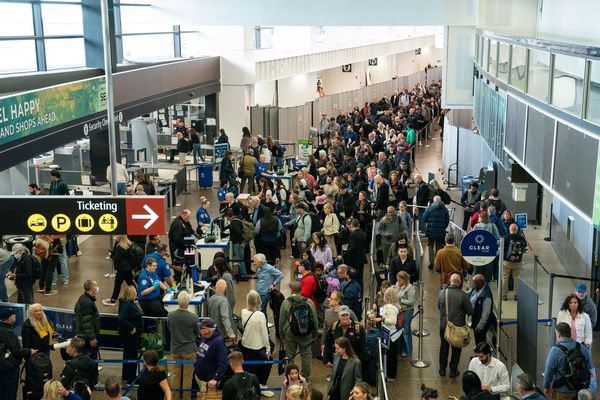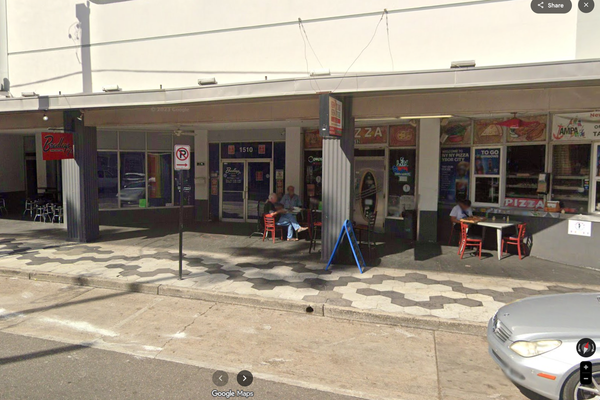
Architectural photography is graphic design with a camera. It poses special challenges and often requires specific tools, thoughtful approaches and skills to visually communicate every nuance of a design that an architect may have spent years perfecting – be that of a building, an interior or both. These are then expressed in a small number of minimal photographs showing details as well as the overall completed work.
Apart from filling the portfolios of the project team, these images are then published online or in books, magazines or brochures. All of which is to say that architectural photographers need to understand the mindset of their clients to produce a body of working photographs encompassing whole concepts.
So it is exciting to see a group of six bright, young architectural designers in Hong Kong at varying stages of their education beginning to visualise and collaborate on an exhibition of architectural photographs that break down and illustrate design processes.
Their exhibition, In the Light of Matter, is a compilation of architectural model photographs specifically detailing craft, spatial abstraction and materiality – steel, clay, concrete, wood, paper (cardboard) and PLA (polyvinyl alcohol) in 3D printing. The models, on pedestals running along the centre of gallery space at arts and design venue PMQ, represent a series of different approaches to architectural photography.

The contributors, all of them students at the University of Hong Kong (HKU), started out as part of the HKU Architecture Student Photographers Group. None was immersed in architectural photography directly, yet as a group they were able to find common ground to create a cohesive story in photographs. Inspiration came not from the more conventional greats of stills photography, they say, but from Hong Kong movie director Wong Kar-wai because of his poetic sense of saturated colour, contrasted light and shadow.
“The aesthetic of Wong Kar-wai’s [1994] movie Chungking Express, depicting the street scenes of Hong Kong, influenced my photography and also my imagination of Hong Kong night,” Jason Ji Xiang, one of the students, says.

The exhibition highlights the special qualities and materials of the models, which are displayed as details. “You can clearly see [in the photos] how various construction methods differ from each other,” says Jason Setiawan, another of the students. “Concrete has limitations of how much form you can put into the model, whereas PLA 3D-printed models are much more fluid as to how much form and detail you can put in. This dialogue is represented in the series of photos.”
The photos themselves are subdivided into different materials, with colour and black and white photos on opposite walls. “We want to show the play of light and shadow and density of each material”, says student Yongki Sunarta. “We usually see concrete as a very monolithic, very rigid structure but in the models we can see different kinds of texture and different elements.”


Using only their own photographic equipment, daylight and tungsten lighting, the students elegantly capture the differences in material of each of the models. Some of them depict texture while others use geometry to show off their differences as a way of illustrating the whole design. As a set of images, they are cohesive. They move on from the original idea of how architectural photographs should look, breaking down more conventional client expectations and boundaries.
In the Light of Matter, until Feb 28, PMQ.







